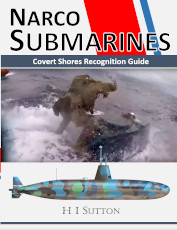 As impressive as some of the current and emerging SDV designs are, one stands out ahead of the crowd. The Proteus is designed and built by The Columbia Group (now part of Huntington Ingralls) who are known for the US Navy SEAL's current SDV (the Mk.8 Mod-1 Gator Class) and was (I assume) a contender for the next generation SEALs SDV. That contract went to another bidder but the Proteus remains an impressive beast,unrivalled in several key respects and equal to any in terms of pedigree. So what's so special about it?
As impressive as some of the current and emerging SDV designs are, one stands out ahead of the crowd. The Proteus is designed and built by The Columbia Group (now part of Huntington Ingralls) who are known for the US Navy SEAL's current SDV (the Mk.8 Mod-1 Gator Class) and was (I assume) a contender for the next generation SEALs SDV. That contract went to another bidder but the Proteus remains an impressive beast,unrivalled in several key respects and equal to any in terms of pedigree. So what's so special about it?
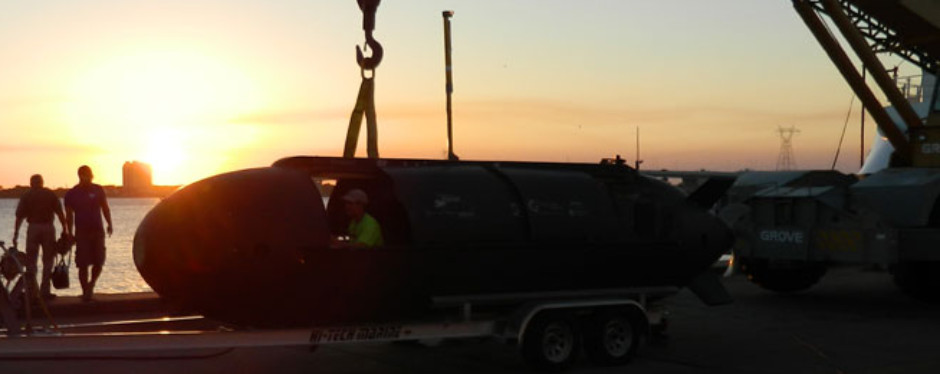
Click to view Video (opens in new window): 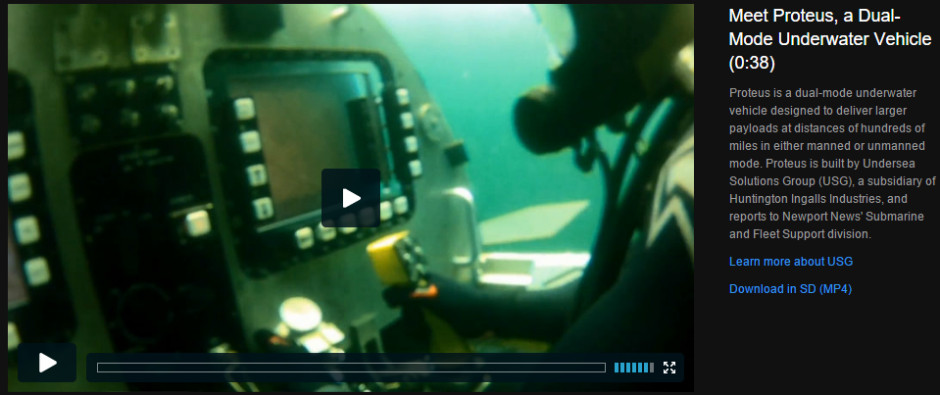
The Proteus a Dual Mode Underwater Vehicle (DMUV) which means that it can operate either as a regular SDV (SEAL Delivery Vehicle) with a pilot and navigator, or as a Large Displacement Unmanned Underwater Vehicle (LDUUV). In fact it can operate in both modes in the same mission, offering unparalleled operational flexibility. The combination of large internal volume, advanced navigation and high reliability also means that it can be used as an underwater truck, covertly delivering packages (including passengers, sensors, munitions or stores) to teams in the field or high-risk locations. As well as the SDV roles the Proteus is also proposed for various Mine Countermeasures uses. It is this autonomous capability is what sets it apart from the rest, at least for the time being.

Outwardly the design is based on the Mk.8 SDV but but varies in almost every respect. The overall form is more cylindrical with a rounded hydrodynamic bow and a tapered stern with low-drag X-form tail surfaces. Like other SDVs there are no windows but the craft uses a 300kHz multi-beam Obstacle Avoidance Sonar (OAS) in the nose, GPS and four cameras for situational awareness. Manoeuvrability is aided by four thrusters, two mounded horizontally and two vertically. although there are two sets of personnel hatches arranged forward and aft like on the Mk.8, the on-board air supply (10,400 litres) and ballast tanks are arranged in a ring around the outside of the hull so that the crew can move from front to back inside the sub - in the older Mk.8 you couldn't do that, the two cockpits were completely separate. A combination of an RDI Doppler and a Fiber Optic Gyro (FOG)-based Photonic Inertial Navigation System (PHINS), is used for submerged navigation.
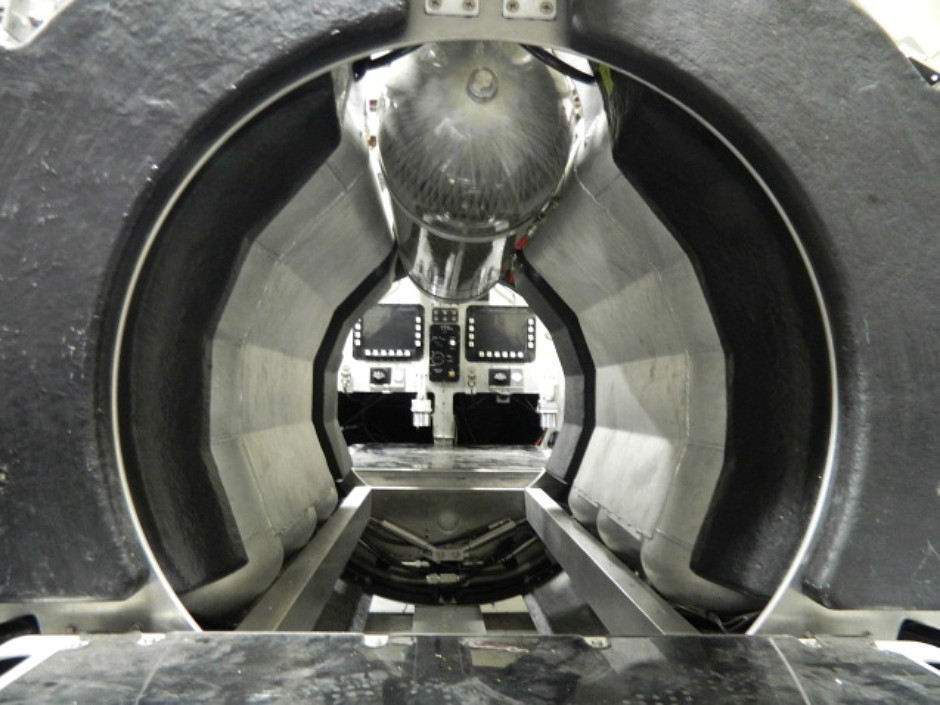
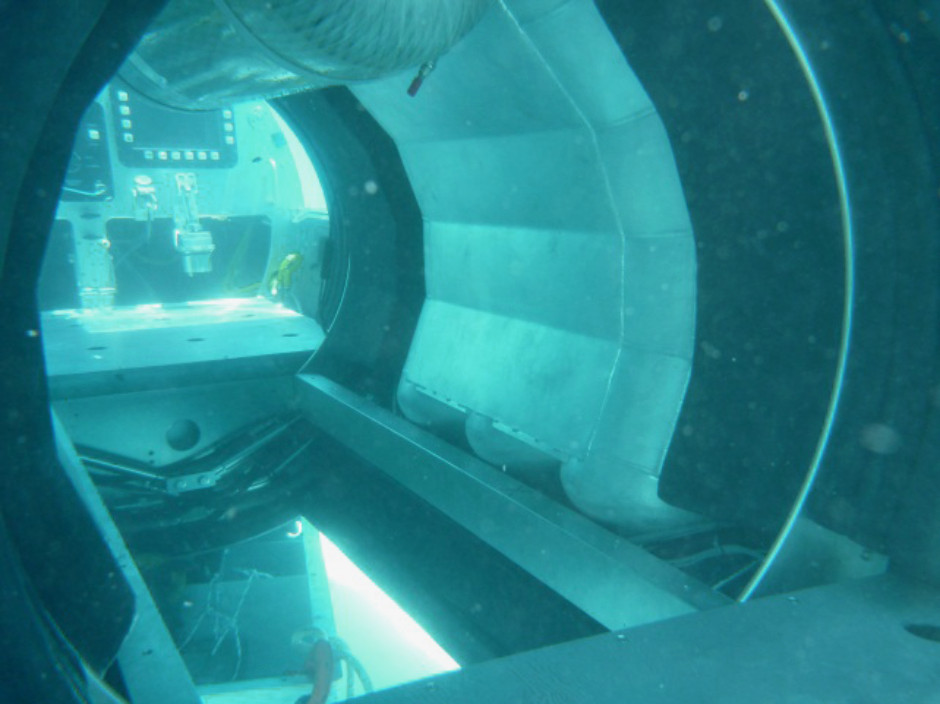
The annular arrangement of the air flasks (for crew breathing) and ballast tanks is clearly visible in these images, as is the resulting front-to-back passageway between the two cockpits. The floor of the passage has a bomb-bay style door

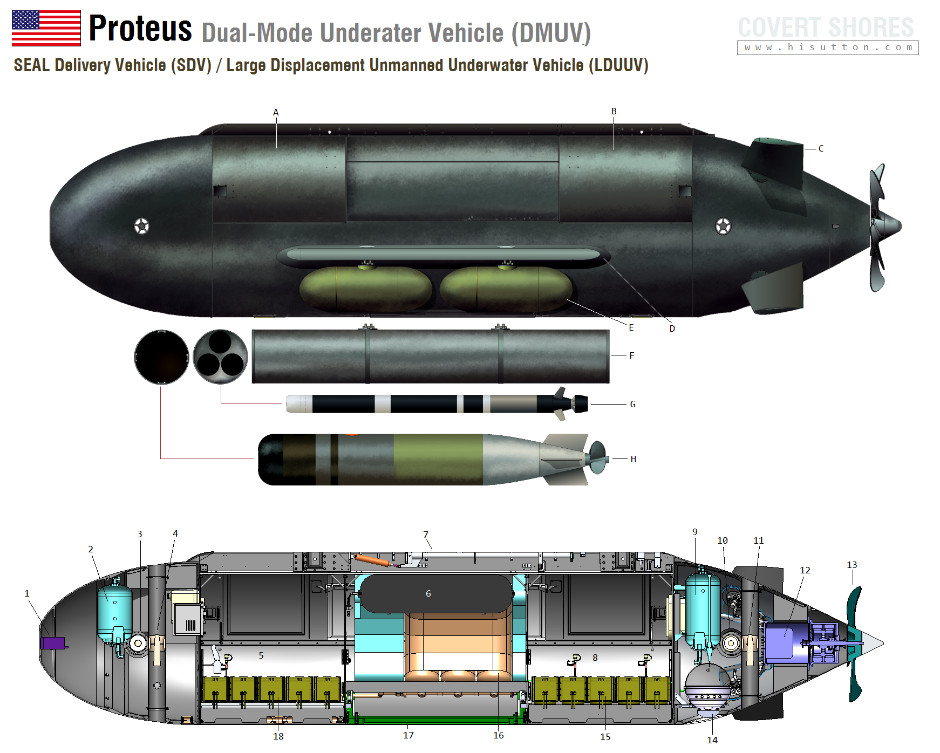
Original artwork (upper) CLICK for HIGH-RESOLUTION image.
KEY
A. Sliding canopy (forward compartment)
B. Sliding canopy (aft compartment)
C. Low-drag 'X' form tail configuration
D. External stores rail
E. Large limpet mine assembly (LAM)
F. Weapons tube
G. Combat Rapid Attack Weapon (CRAW) / Common Very Light Weight Torpedo (CVLWT) ASW torpedo
H. 533mm (21") Mobile mine
1. Obstacle Avoidance Snar (OAS)
2. Forward trim tank
3. Horizontal thrusters
4. Vertical thruster
5. Forward cargo / passenger compartment
6. Air flasks for onboard breathing system
7. Folding mast (x2)
8. Aft cargo / passenger compartment
9. Aft trim tank
10. Horizontal thruster
11. Vertical thruster
12. Electric motor
13. Quiet propeller
14. Navigation sphere
15. Lithium Polymer batteries
16. Automatic ballast system
17. Central cargo area bomb bay doors
18. Lithium Polymer batteries


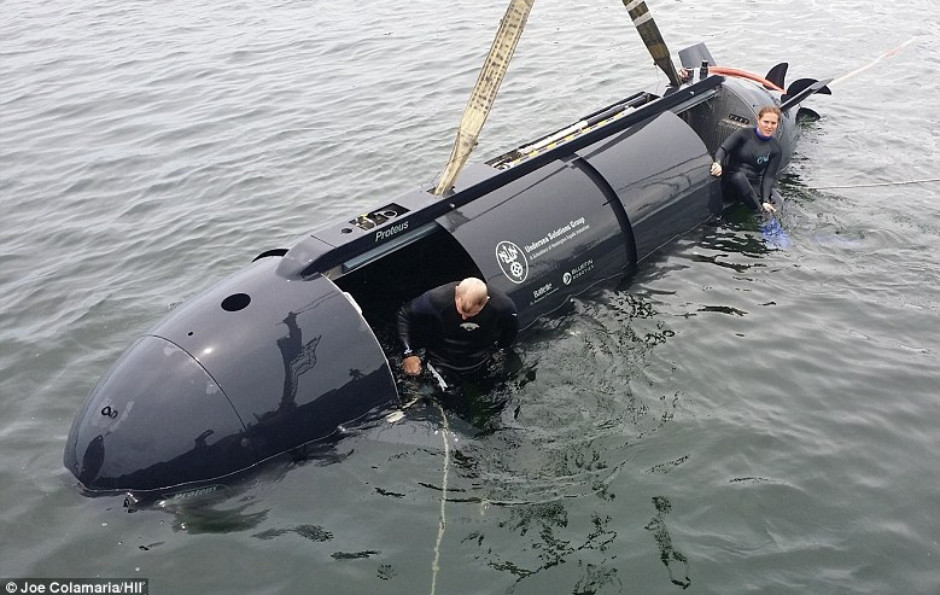
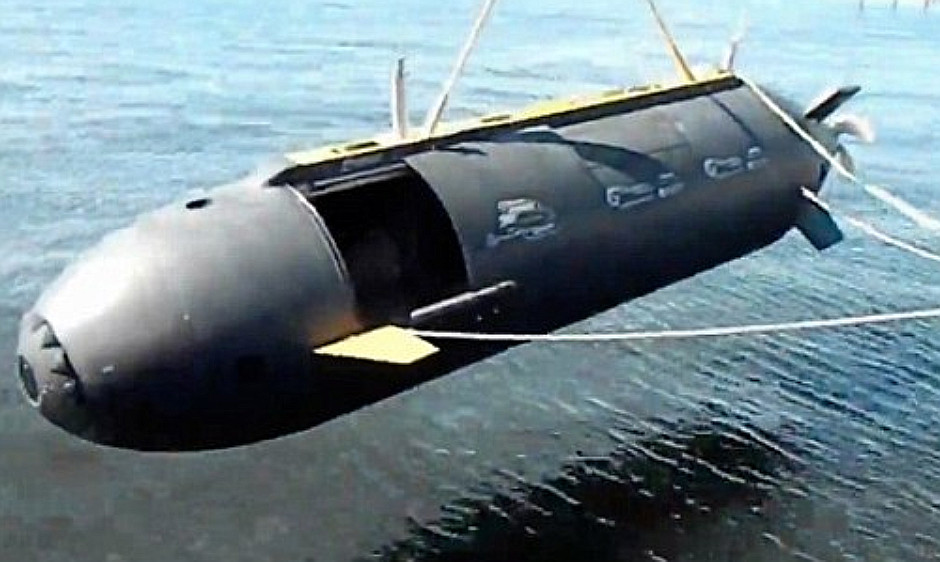
Specification
Length: 7.82m
Beam: 1.61m
Height: 1.62m
Displacement: 4,120 Kg
Speed: 10kts max, 8kts cruise
Endurance: not stated - considerable, some sources suggest 900 miles although considerably shorter if manned given human tolerances
Maximum Operating depth: 50m (manned), 70m (unmanned)
Personnel: 2 crew (optional) pls four additional passengers (or six passengers)
Payload: 2 x 900kg external stores (storage containers, mobile mines, limpet mine assemblies (LAM), Combat Rapid Attack Weapon (CRAW) / Common Very Light Weight Torpedo (CVLWT), missiles or torpedoes)
Batteries: 148 kWh Baseline 296 kWh Extended Lithium Polymer
Masts: Two
Communications: (surfaced): Iridium, free wave, VHF radio.(submerged): Benthos modem, OTS divers communication. (Internal): Internal intercom
In 2015, the tail configuration was refined with additional control surfaces:

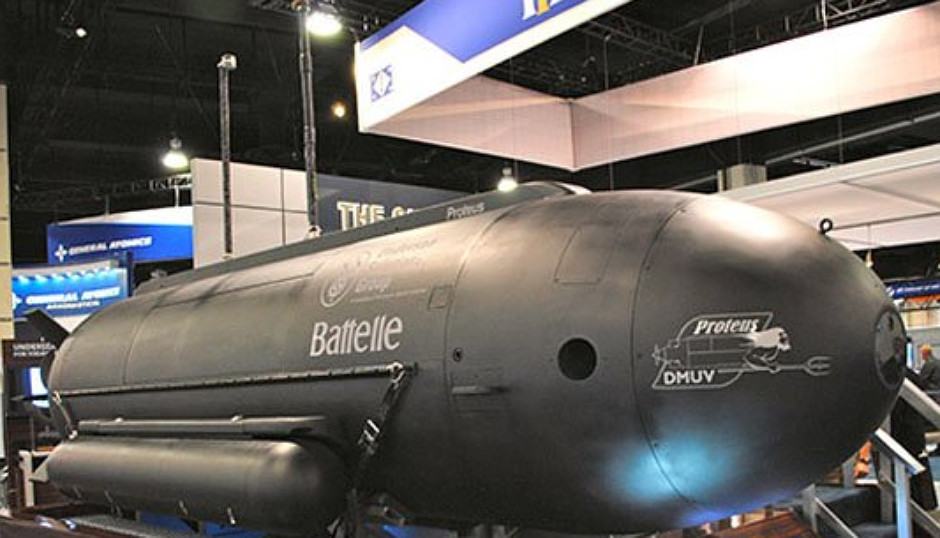
External stores
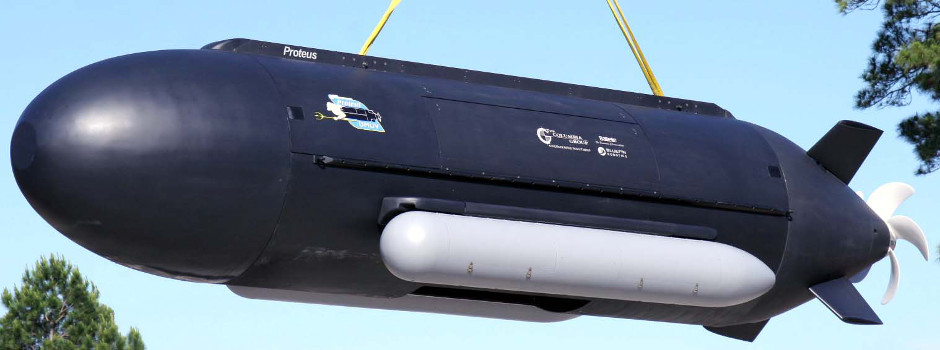
2 x Storage Pods
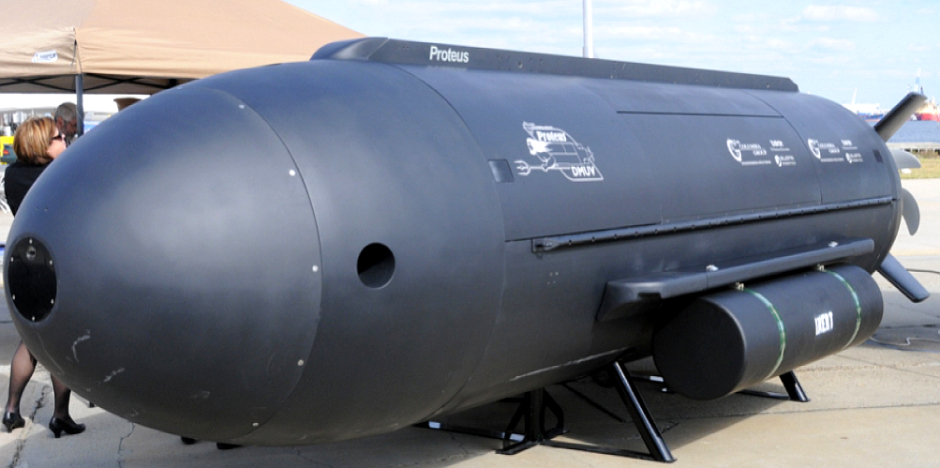
2 x 2 x canisters for missiles/mobile mines/underwater vehicles
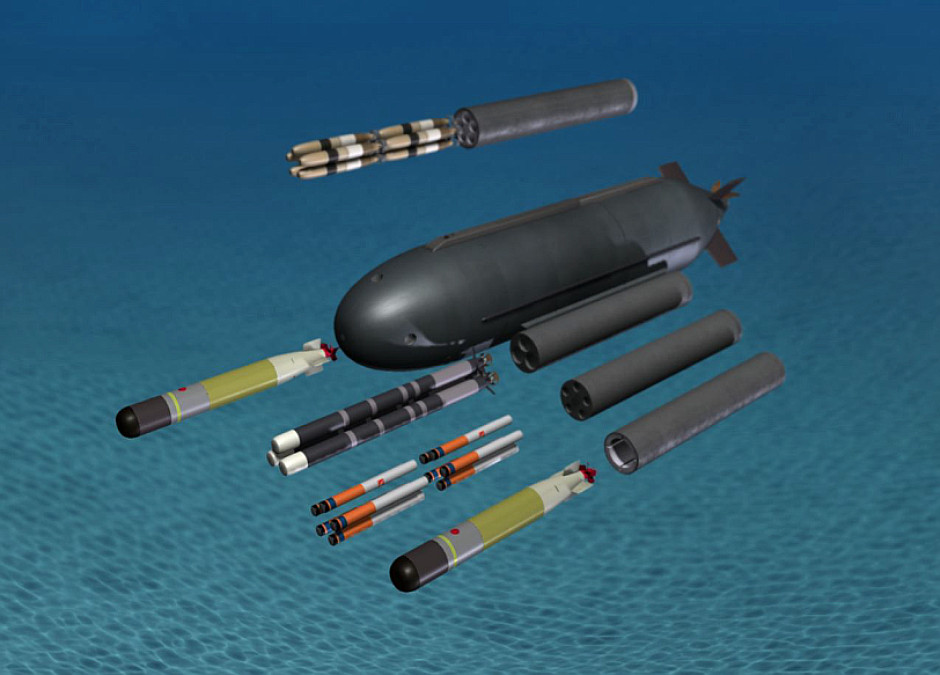
2 x canisters for missiles/mobile mines/underwater vehicles
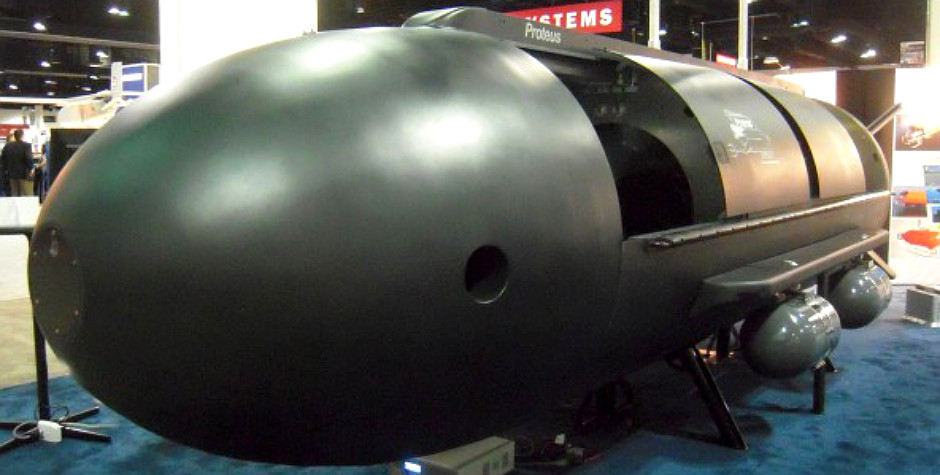
4 x Medium mines
The ultimate book of Special Forces subs Covert Shores 2nd Edition is the ONLY world history of naval Special Forces, their missions and their specialist vehicles. SEALs, SBS, COMSUBIN, Sh-13, Spetsnaz, Kampfschwimmers, Commando Hubert, 4RR and many more.
Check it out on Amazon
Further Reading
AUVAC
Navy Recognition article
Battelle
Bluefin Robotics
Thanks GSD
The World's ONLY Guide to
Narco Submarines
10 years of research, analyzing over 160 incidents, condensed into a handy guide. This unique book systematically breaks down the types and families. With detailed taxonomy, recognition 3-views, profiles and photos. Available on Amazon
Related articles (Full index of popular Covert Shores articles)

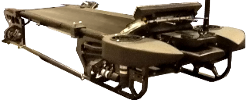 SharkMarine Mako DDS, Navigator, EagleRay etc
SharkMarine Mako DDS, Navigator, EagleRay etc

 SWSC (Shallow Water Combat Submersible) US Navy SEALs next gen' SDV
SWSC (Shallow Water Combat Submersible) US Navy SEALs next gen' SDV


 UOES3 (Button 5.60) dry SEAL Delivery Vehicle
UOES3 (Button 5.60) dry SEAL Delivery Vehicle

 Cos.Mo.S CE4F 4-man SDV
Cos.Mo.S CE4F 4-man SDV


 Lockheed S301i, S351 and S302 Dry Combat Submersibles
Lockheed S301i, S351 and S302 Dry Combat Submersibles

 Sphyrene (Barracuda) SDV
Sphyrene (Barracuda) SDV

 SWUV (/ PSM3G) advanced SDV
SWUV (/ PSM3G) advanced SDV

 Dolphin SDV-X
Dolphin SDV-X

 SubSEAL advanced SDV
SubSEAL advanced SDV

 USN Closed-Cycle Energy Source SDV project
USN Closed-Cycle Energy Source SDV project




